Haynesville Shale | Bossier Shale | Cotton Valley Sandstone
Northwestern Louisiana
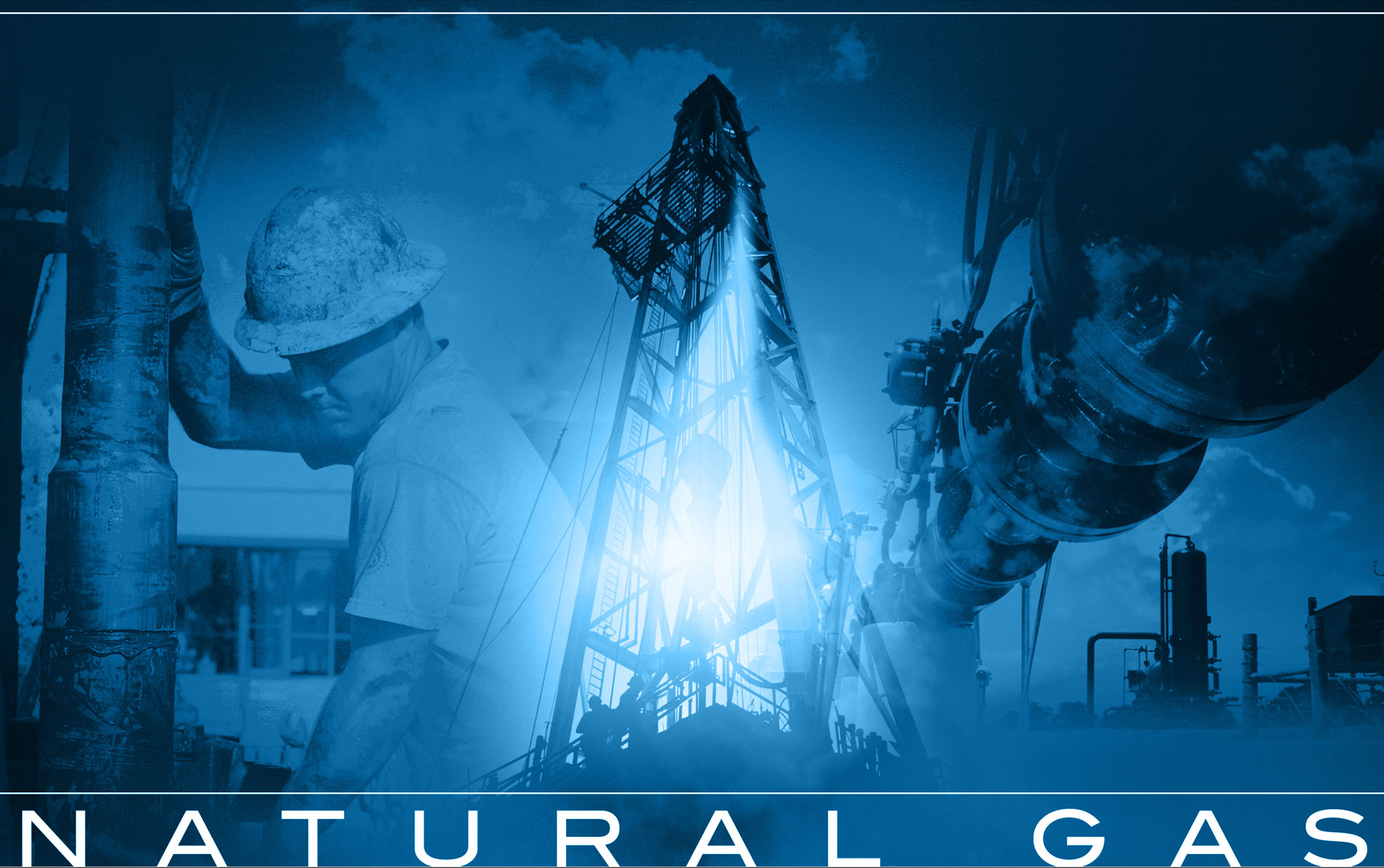
Northwestern Louisiana


The Haynesville Shale is a prolific, dry, natural gas-bearing play that stretches across east Texas, northwestern Louisiana. This Upper Jurassic age formation was deposited about 150 million years ago in a shallow offshore environment. It was named after the town of Haynesville in Claiborne Parish Louisiana, about 65 miles northwest of Shreveport and just south of the Arkansas border. The Haynesville discovery well was drilled by Chesapeake Energy in Desoto Parish in March 2008. Today, the Haynesville Region is the third largest natural gas producer in the United States, behind only the Appalachian and Permian basins. As of December 2020, the number of working rigs is up 25% in the Haynesville since July 2019.
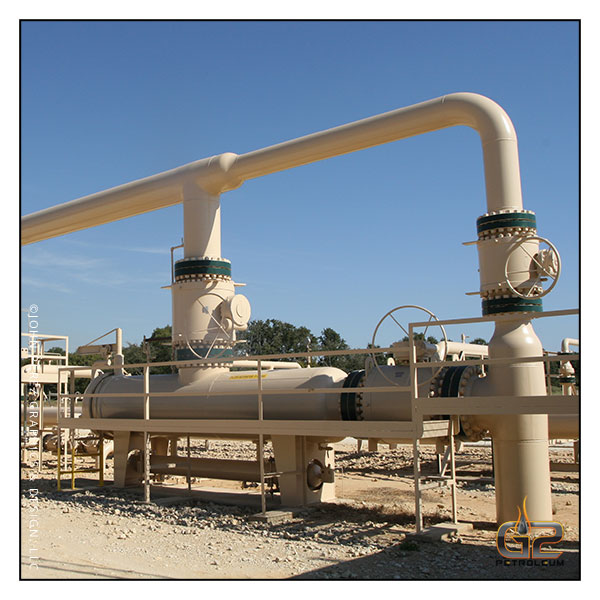
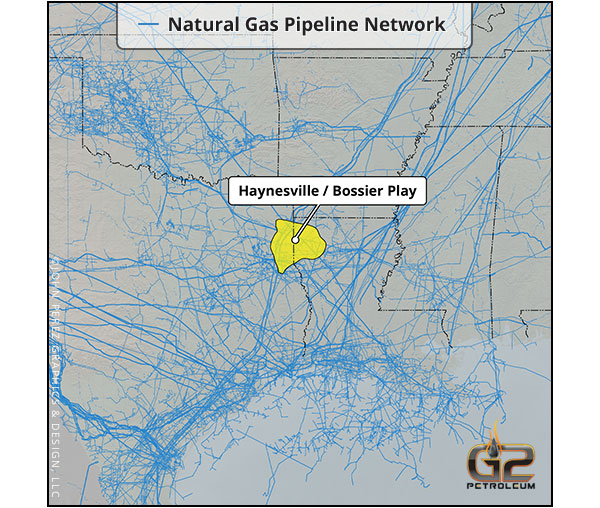
Angelina • Cherokee • Gregg • Harrison • Marion • Nacogdoches • Panola
Rusk • Sabine • San Augustine • Shelby • Smith • Upshur • Wood
Bienville • Bossier • Caddo • Claiborne • Desoto • Jackson • Lincoln
Natchitoches • Ouachita • Red River • Sabine • Webster
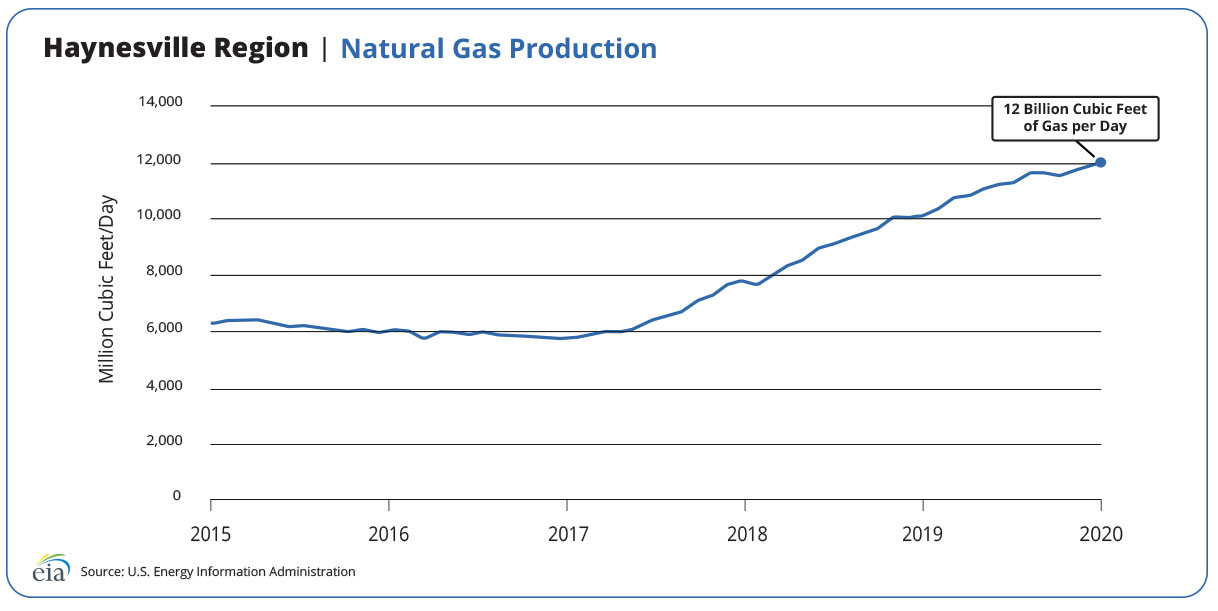
In 2017 the USGS announced it had produced an updated calculation that shattered any other prior estimates of recoverable gas in the Haynesville. The Survey’s new estimate was 304 Tcf of recoverable natural gas for the combined Haynesville and Bossier formations that fattened up its prior estimate by a whopping factor of five.
“Changes in technology and industry practices, combined with an increased understanding of the regional geologic framework, can have a significant effect on what resources become technically recoverable,” Walter Guidroz, program coordinator of the USGS Energy Resources Program, said about his scientists’ new assessment of the Haynesville Shale. BP calls the Haynesville Shale “the most revenue generative gas play in the U.S.”
Haynesville Bossier Play Locator Map
• Private Placement Memorandum • Oil & Gas Websites • Landowners selling mineral rights • Companies buying mineral rights • Selling oil & gas royalties • Buying oil & gas royalties • Selling overriding royalty interests • Buying overriding royalty interests • Mineral buyers • Selling leases • Buying leases • Lease property in North Louisiana • Lease property in East Texas • Track drilling and production activity • Sale of Mineral Rights • Private Placement Memorandums
Haynesville Bossier Play Cutaway Diagram
The Haynesville Shale (also known as the Haynesville/Bossier) is a black organic-rich shale formation with an average thickness of 250 feet. Encased by the Cotton Valley Group (sandstone) above and the Smackover Formation (limestone) below, true vertical depths range between 10,000 to 14,000 feet. Long known to contain natural gas, the Haynesville was originally considered to be a source rock and not a gas bearing reservoir because of its tight-rock system and lower permeability. Driven by newer technology, operators have extended lateral lengths from 4,500 feet to 7,500 feet with higher proppant intensities per foot.

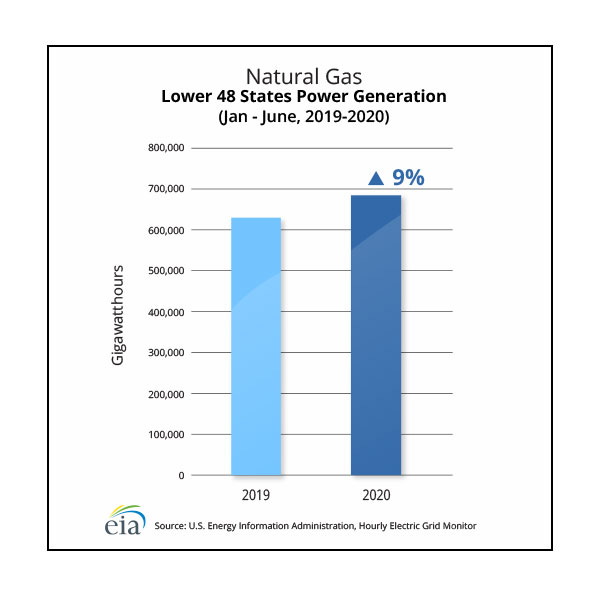
Natural gas is an abundant resource across the United States. As one of the safest and cleanest fuels available, it has become the “fuel of choice” for American homes and industries. According to the FNGA, over 97 percent of the natural gas used domestically is produced here, in North America. In fact, in 2019, US consumption set a new, record high of 31 Trillion cubic feet of gas.
Natural gas is utilized by all sectors: residential, industrial, commercial, transportation and electric power. Despite the pandemic, US power generation from natural gas increased 9% in January to June 2020 over the same period for 2019. Natural gas is also reliable and flexible, used in many industrial processes that produce a wide range of materials and goods such as glass, steel, plastics, pharmaceuticals, food products and clothing.
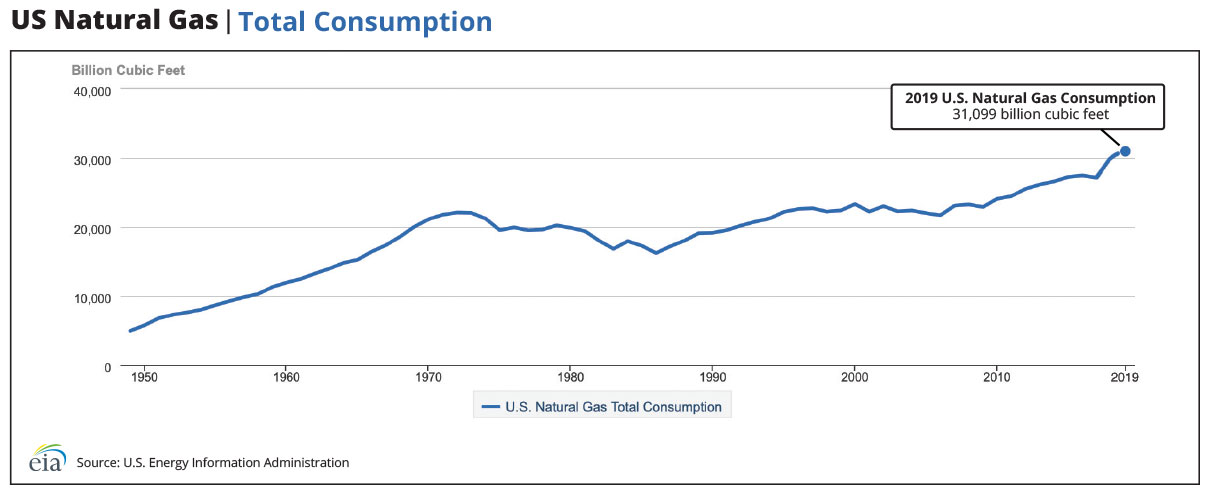
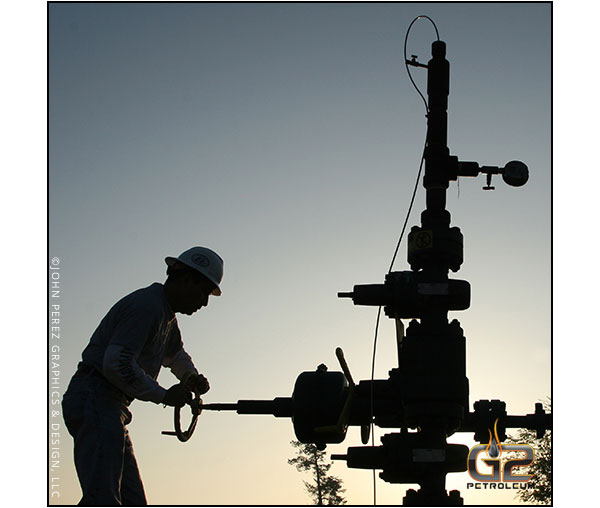
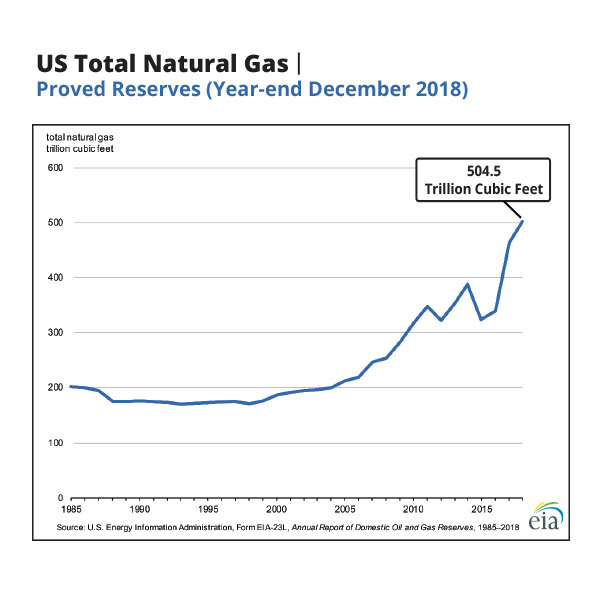

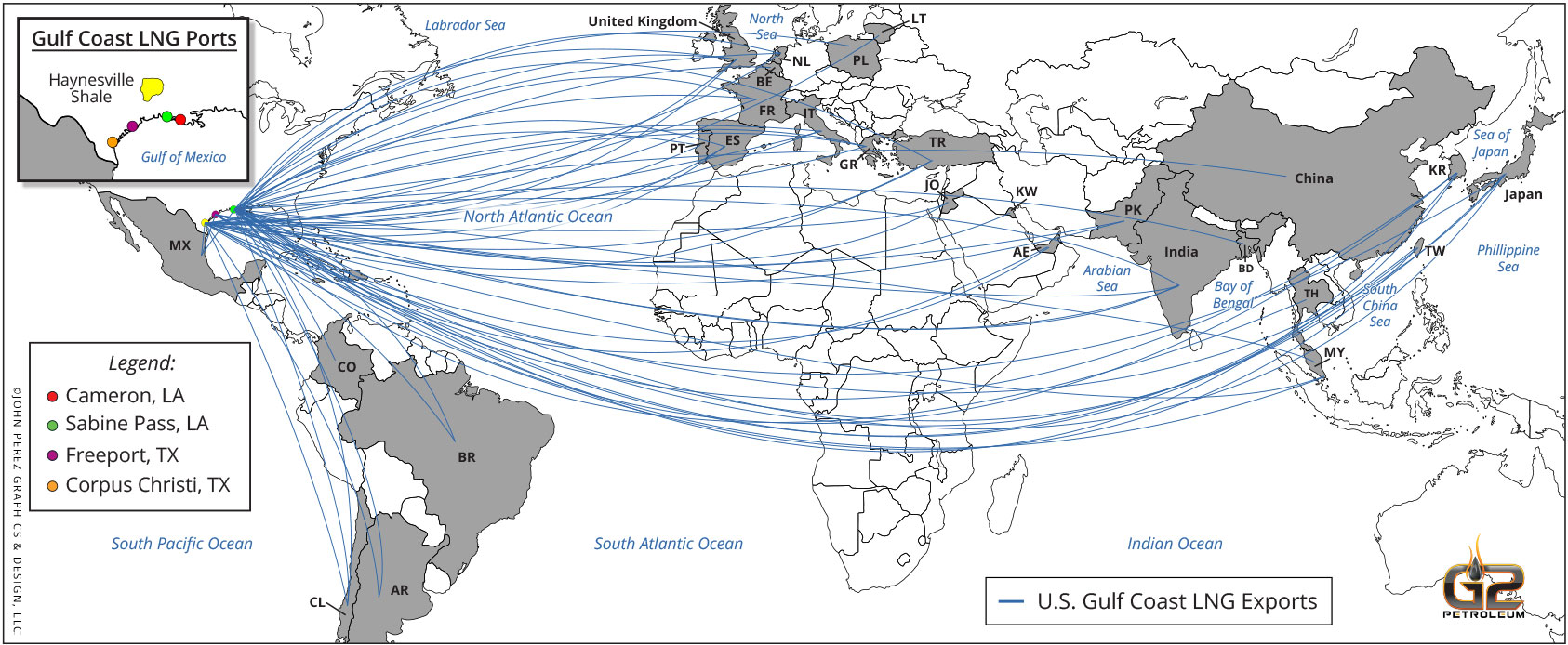
Liquefied natural gas (LNG) is cooled to approximately minus 260 degrees Fahrenheit to achieve a liquid state for ease of shipping and storage. This process reduces the volume of the liquid to 600 times smaller than the gaseous form making it possible to move natural gas where no pipelines exist and to use it as a fuel for transportation.
The map above illustrates the many countries worldwide that receive exports from LNG carriers transporting from four of the US Gulf Coast area LNG terminals. Some of the world’s largest petrochemical complexes and LNG export facilities are located on the Texas and Louisiana gulf coast near the Haynesville Shale play.
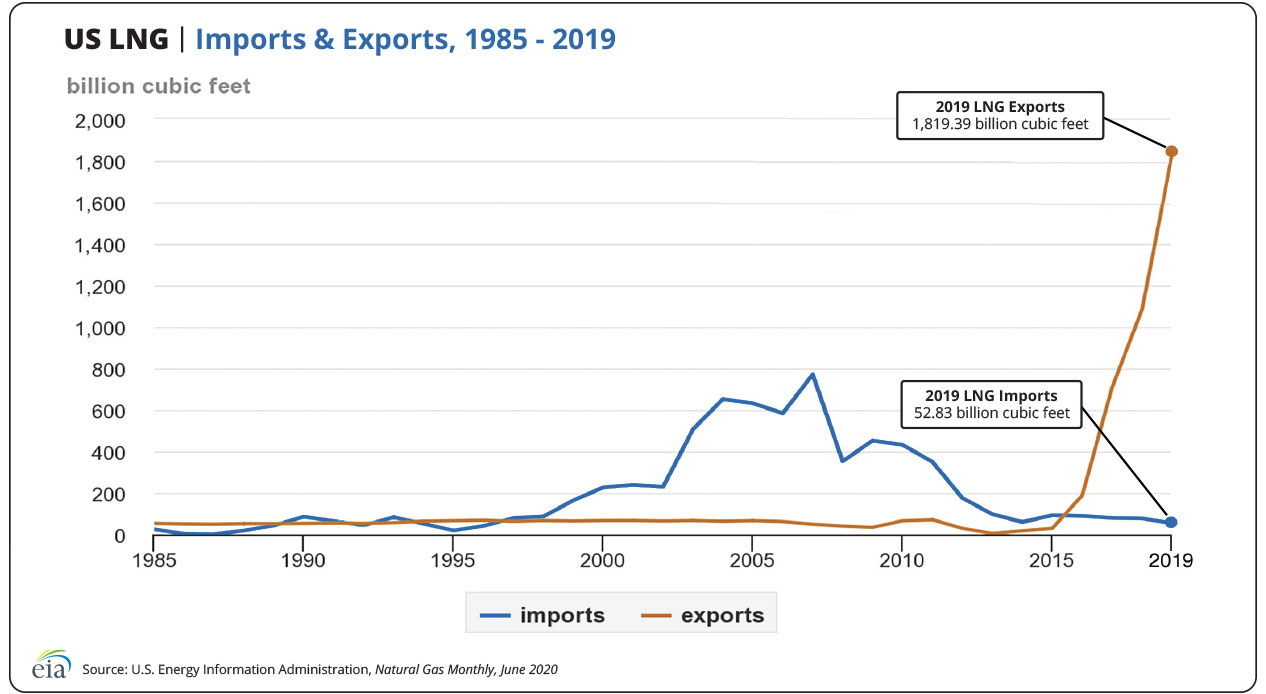
According to World Oil “Global LNG trade will rise 21% by 2025 from 2019, reaching 585 billion cubic meters. The U.S. will become the biggest seller of the super-chilled fuel in 2025.”
As reported by oilprice.com
Dec 18, 2020, 10:00 AM CST
LNG Prices Soar to Six-Year High
“Spot prices for liquefied natural gas (LNG) delivery in Asia jumped to a six-year high this week as lower-than-normal temperatures in key LNG importers and continued growth in China’s industrial activity boost demand.”
Aethon Energy Operating LLC • Anadarko Petroleum • Berry Petroleum • Beusa Energy • BG Group
Blue Dome Operating LLC • BXP Operating Company • Brix Operating LLC • Cabot Oil & Gas
Camterra Resources • Chesapeake Energy • Cobra Oil & Gas Corporation • Cohort Energy • Comstock Resources
Covey Park Gas LLC • Cubic Energy • Denbury Resources • Devon Energy • El Paso Corp. • EnCana Corp. • Encore Acquisition
Ensight IV Energy Management, LLC • EOG Resources • EXCO Resources • Forest Oil • GEP Haynesville, LLC
GMX Resources • Goodrich Petroleum • Indigo Minerals • JW Operating • Memorial Resource Dev. • Noble Energy • Penn Virginia
Petrohawk • Pine Wave Energy Partners Operating, LLC • Plains Exploration & Production • Questar Corp. • Range Resources
Samson Resources • Shell Western • St. Mary Land & Exploration • SM Energy • Southwestern Energy
Tellurian Operating, LLC • Thunderbird Resources LP • Trinity Operating (USG), LLC • Vine Oil & Gas, LP • XTO Energy